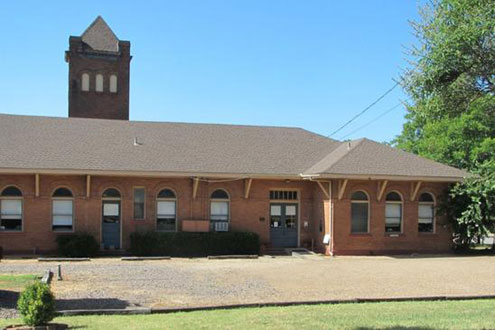Fannin County, Texas -- A new exhibit at the Fannin County Museum of History celebrates the life and work of Dr. Tom Spies, a Bonham native who became a world renown medical leader.
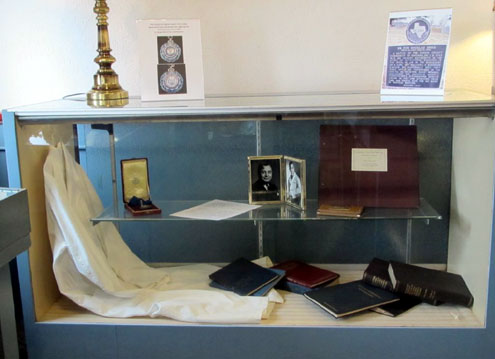
Tom Spies was born in Ravenna in 1902. At the time of his death in 1960 he had been honored far and wide for his contributions in the field of nutritional deficiency diseases. He is buried at Willow Wild Cemetery in Bonham. A Texas Historical Marker honors his grave.
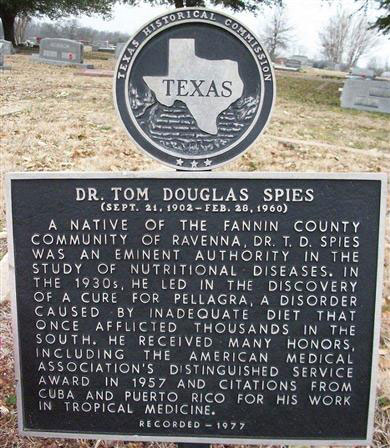
Growing up in rural Fannin County, Tom Spies saw first hand the effects of the horrible disease of pellagra. Known as the “poor man’s disease,” pellagra was widespread among the South. It caused rough red patches on the hands and head sores, rash, swollen tongue and severely inflamed mouth which interfered with eating. The diet of the poor rural population who were afflicted with pellagra consisted of grits, dried beans, cornbread and syrup. It lacked milk, eggs, fresh meat and green vegetables in the spring when these foods were scarce and expensive.
Tom Spies attended the University of Texas and Harvard Medical School. As an intern in the North he found pellagra in alcoholics who also had poor nutrition. This led him to the hypothesis that pellagra was caused by something lacking in the diet.
Dr. Tom Spies was among the first to prove that pellagra was caused by a deficient diet, and among the first to use nicotinic acid, a constituent of Vitamin B-2, as an inexpensive cure for pellagra. This breakthrough was compared to the conquest of yellow fever.
He also helped conquer tropical sprue, a crippling disease similar to pellagra, and pernicious anemia.
He was a consultant to the Secretary of War in Tropical Medicine during World War II.
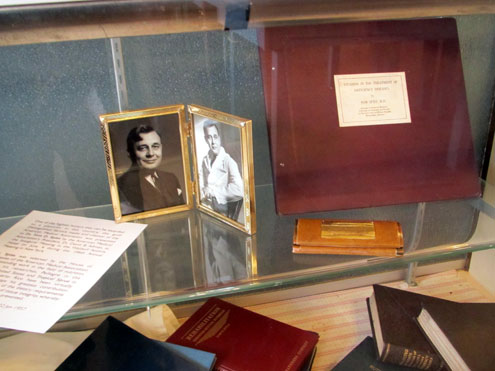
He won many awards. He was recognized by TIME Magazine as “One of the men of the year, outstanding in comprehensive science” in 1939. In 1945 he was chosen as “Man of the Year” by the Progressive Farmer Magazine. In 1950, in the Presidential Palace in Havana, Cuba, he was decorated with the Order de Carlos Manuel de Cespedes, the highest award of the Cuban government, by President Carlos Prio Socarras.
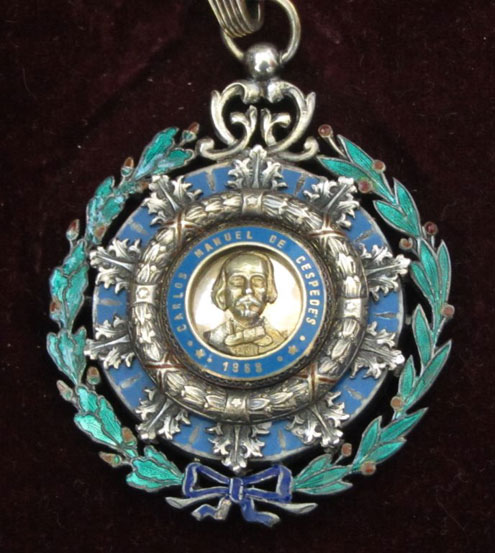
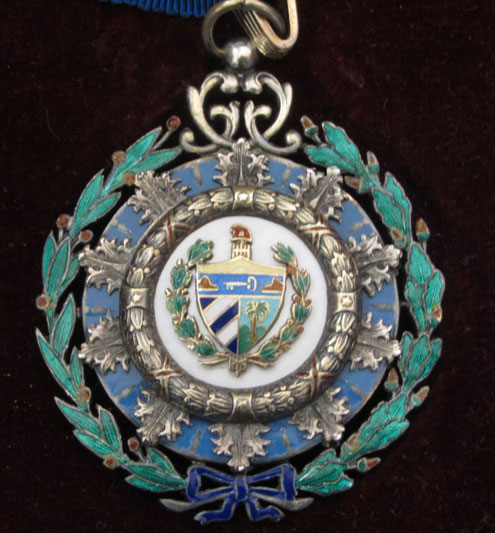
In 1957 the American Medical Association presented to Dr. Spies the AMA’s Distinguished Service Award “for his outstanding contributions to the science of human nutrition. . . “Through increased knowledge in the science of nutrition and metabolism, Dr. Spies and his associates have not only stopped the ravages of pellagra in this country, but have made endemic sprue virtually non-existent in Cuba and Puerto Rico.”
Although he did not live as an adult in Fannin County or Bonham, “when he came home to Bonham he spent many late night hours sitting in Peeler’s Drug Store with the pharmacist, the late E. C. Parker Sr., and local doctors as they conversed on their theories about nutrition and medicine.”
At the time of his death long obituaries were published in the New York Times, the New York Herald Tribune, the Harvard Medical Alumni Bulletin and El Mundo.
He is one of our most distinguished Fannin County natives. The Fannin County Museum of History is very pleased to have received from his family some of the momentos of his life, including the beautiful medal from the Cuban government. Drop into the Museum, located four blocks south of the Square in Bonham on Main Street, to view this exhibit and many others.
